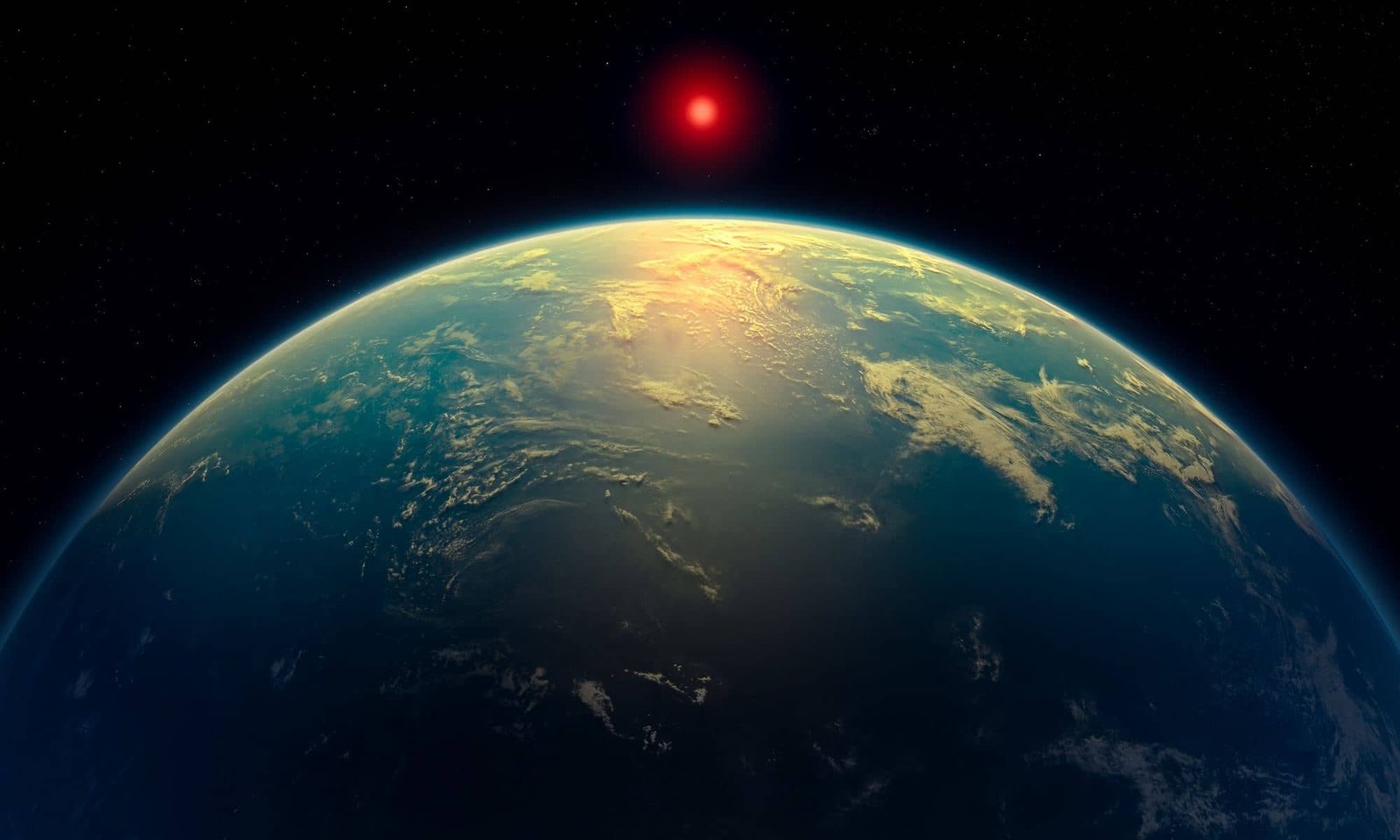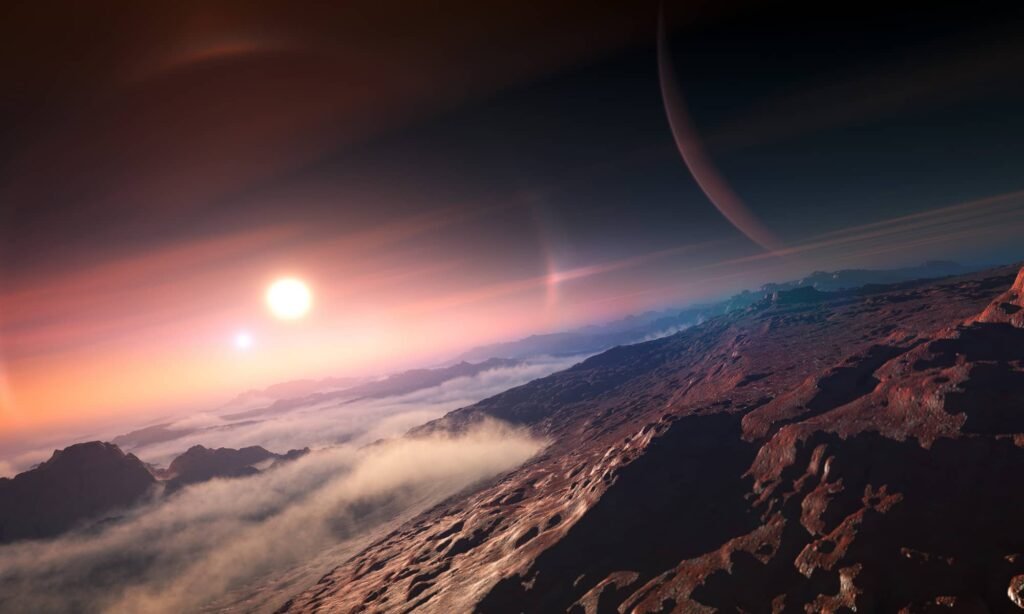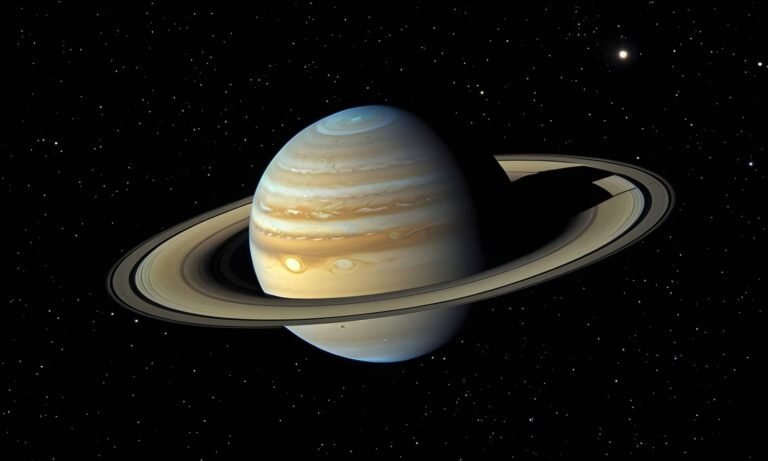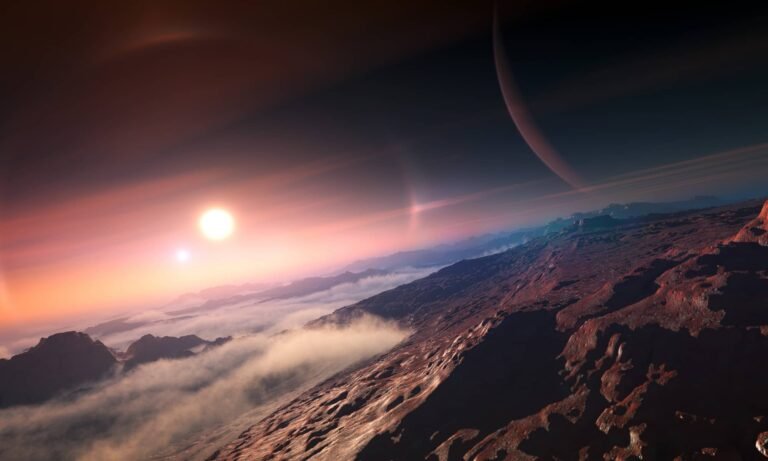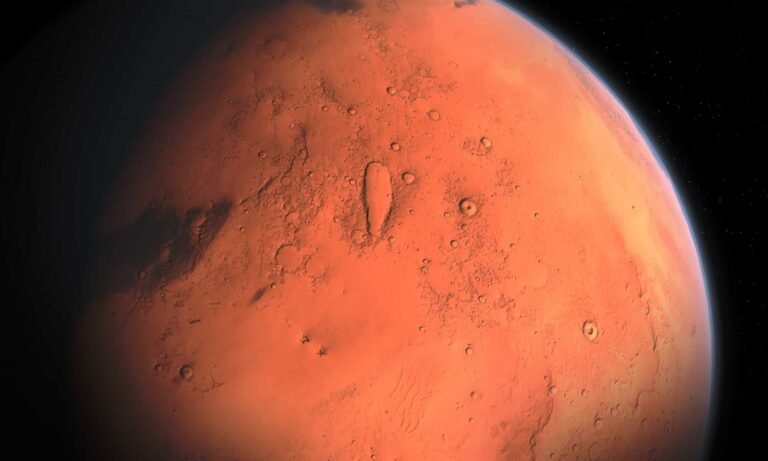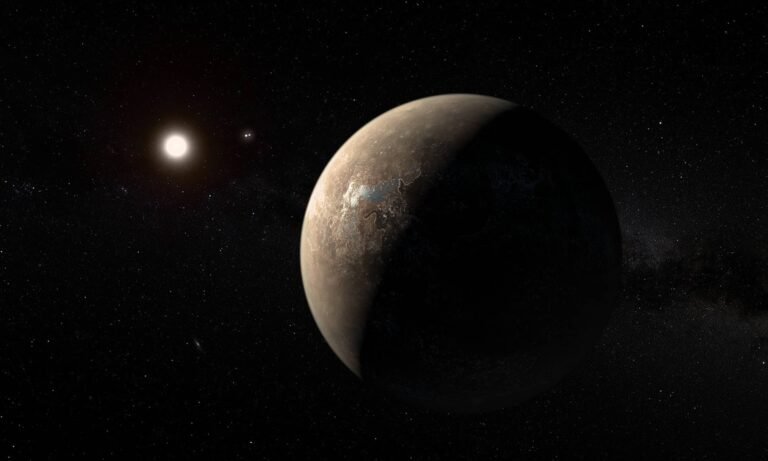K2-18b, an intriguing exoplanet located approximately 124 light-years away from Earth in the constellation Leo, was discovered by the Kepler Space Telescope during its second mission, known as K2. The noted discovery took place in 2015 when K2-18b was identified as a candidate planet orbiting the star K2-18, a red dwarf star characterized by its relatively cool temperature and long lifespan. This exoplanet is particularly noteworthy as it sits within the habitable zone of its star, where conditions may be suitable for liquid water, a critical component for life as we know it.
Key measurements reveal that K2-18b has a radius approximately 2.6 times that of Earth, categorizing it as a super-Earth. This classification raises exciting possibilities regarding its potential atmosphere and surface conditions, which may support biological development. The Kepler Space Telescope’s capabilities allowed astronomers to gather vital data on K2-18b, including its orbital period of about 33 days, as it completes an orbit around its star. The study of its transit data enabled scientists to estimate the planet’s mass and density, suggesting a possible rocky composition that further fuels speculation about its habitability.
Through meticulous observation, researchers also analyzed the star K2-18, which is about 0.5 times the size of the Sun and emits less than half its brightness. This diminutive star’s nature, along with K2-18b’s position within the habitable zone, marks this exoplanet as a focal point for ongoing studies. The discovery of K2-18b not only contributes to the broader understanding of exoplanets but also inspires further investigations into the existence of life beyond our solar system, establishing it as a significant player in the search for alien life.
What is a Light Year?
A light year is a unit of distance representing how far light travels in one year. In simple terms, it’s the distance covered by light in a vacuum over 12 months. Since light moves at an incredible speed of about 299,792 kilometers per second (or roughly 186,282 miles per second), a light year equals about 9.46 trillion kilometers (or approximately 5.88 trillion miles). The use of light years simplifies the understanding of vast distances in space. With astronomical objects located millions or even billions of light years away, traditional measurement units like miles or kilometers become unwieldy and impractical. Through this measure, astronomers can communicate the scales of the universe more effectively, enabling efficient discussion about the cosmos. Light years provide not just measurement but also an understanding of time and distance in the universe. When astronomers observe stars 10 light years away, for example, they are seeing light that left those stars a decade ago. This aspect is crucial for studies of the universe’s evolution and celestial life spans.
Red Dwarf K2-18
K2-18 is a fascinating red dwarf star located about 124 light-years away in the Constellation Leo. It has drawn significant scientific interest due to its planetary system, particularly the exoplanet K2-18 b. A super-Earth within the star’s habitable zone, K2-18 b is a prime candidate for further study, with characteristics suggesting it could hold liquid water – an essential ingredient for life.
Beyond its celestial mechanics, the possibility of habitability has fueled extensive research. Scientists aim to analyze its atmosphere and surface conditions to uncover insights into environments capable of sustaining life beyond our solar system. These investigations not only deepen our understanding of exoplanetary systems but also raise profound questions about the likelihood of life elsewhere in the universe. Studying K2-18 and its intriguing exoplanet enhances our knowledge of planetary evolution and strengthens our search for habitable worlds.
Atmospheric Composition and Potential Habitability
K2-18b, a fascinating exoplanet located approximately 124 light-years away in the constellation Leo, has drawn considerable interest primarily due to its promising atmospheric features. Recent observations from the Hubble Space Telescope have provided a breakthrough in our understanding of K2-18b’s atmosphere by detecting the presence of water vapor. This significant finding elevates the potential for habitability, as water is considered a critical ingredient for life as we know it.
The detection of water vapor is not merely a significant milestone; it opens numerous avenues of inquiry into the planet’s environmental conditions. Alongside water, scientists have detected other essential elements, such as carbon dioxide and possibly methane. Together, these components suggest that K2-18b may possess a rich atmospheric composition conducive to supporting life. The presence of these gases indicates complex geological or biological processes that may exist on the planet’s surface or within its atmosphere.
Furthermore, ongoing studies aim to extend our knowledge of K2-18b’s atmospheric properties, employing advanced spectroscopic techniques to analyze its chemistry in greater detail. Researchers are particularly interested in determining the planet’s temperature, pressure, and cloud conditions, all of which are crucial factors in assessing habitability. The conditions found on K2-18b appear to bear some resemblance to those seen on Earth, bolstering the notion that the exoplanet may have the right environment to sustain liquid water.
Comparisons with Earth and Other Exoplanets
K2-18b, located approximately 124 light-years from Earth, presents a compelling target for the investigation of alien life due to its unique characteristics. In terms of size, K2-18b is classified as a sub-Neptune exoplanet, with a radius roughly 2.6 times that of Earth. This places it in a category distinct from Earth, which is the largest terrestrial planet in our solar system. The size of K2-18b suggests that it may have a thick atmosphere, possibly composed of hydrogen and helium, which differs significantly from the atmospheres of terrestrial planets like Earth.
When considering its orbital characteristics, K2-18b orbits within the habitable zone of its host star, K2-18, which is classified as a red dwarf. This zone is the region where conditions may be suitable for liquid water to exist. Unlike Earth, which orbits a G-type star, K2-18b receives a different type of stellar radiation, influencing its atmospheric composition and potential for harboring life. It takes about 33 days for K2-18b to complete one orbit around its star, a factor that may contribute to its climate and weather patterns, which remain subjects of speculation and research.
Several exoplanets, including Proxima Centauri b and TRAPPIST-1e, lie within their stars’ habitable zones. While they share some traits with K2-18b, they differ in size and orbital characteristics. Proxima Centauri b, at 1.17 times Earth’s size, orbits its star more quickly, affecting climate stability.
In contrast, K2-18b’s larger size and unique orbit may offer a broader range of potential environments for extraterrestrial life, making it a key target for exploration. Comparing K2-18b with other exoplanets deepens our understanding of worlds that could support life.
Future Research and Exploration Opportunities
The exoplanet K2-18b has piqued the interest of astronomers and astrobiologists alike, as ongoing studies present a myriad of exciting research opportunities. As we look to the future, planned missions and technological advancements hold the potential to significantly enhance our understanding of this intriguing world. Various space agencies are developing ambitious rover and satellite missions intended to explore the atmosphere and surface conditions of K2-18b in greater detail, with the overarching goal of searching for signs of life.
One avenue for further investigation involves the utilization of advanced space telescopes such as the James Webb Space Telescope (JWST). Scheduled to begin its observations, JWST is equipped with sophisticated spectroscopic instruments that enable astronomers to analyze the composition of K2-18b’s atmosphere. By examining the chemical fingerprints of gases such as water vapor, methane, and carbon dioxide, researchers can infer the planet’s potential habitability and uncover clues about any possible biological processes. The role of spectroscopy in this context cannot be overstated, as it serves as a critical tool for distinguishing between various atmospheric constituents that may indicate the presence of life.
Additionally, advancements in computing and data processing technologies will facilitate the analysis of the vast amount of data generated by these missions. These developments will allow scientists to create more detailed models of K2-18b’s climate and evolutionary history, potentially revealing how the planet’s environment has changed over time and if it could have supported life in the past or present. As research progresses, collaborations between scientists worldwide will further enhance our ability to study this distant world and uncover deeper insights into its atmospheric composition.
What’s More
The posts in My Blog feature reflective, story-driven pieces rooted in personal and societal insights.
The topics in My Interests explore abstract, philosophical ideas and their cultural and societal impact.
👁️ 5,730 Views


